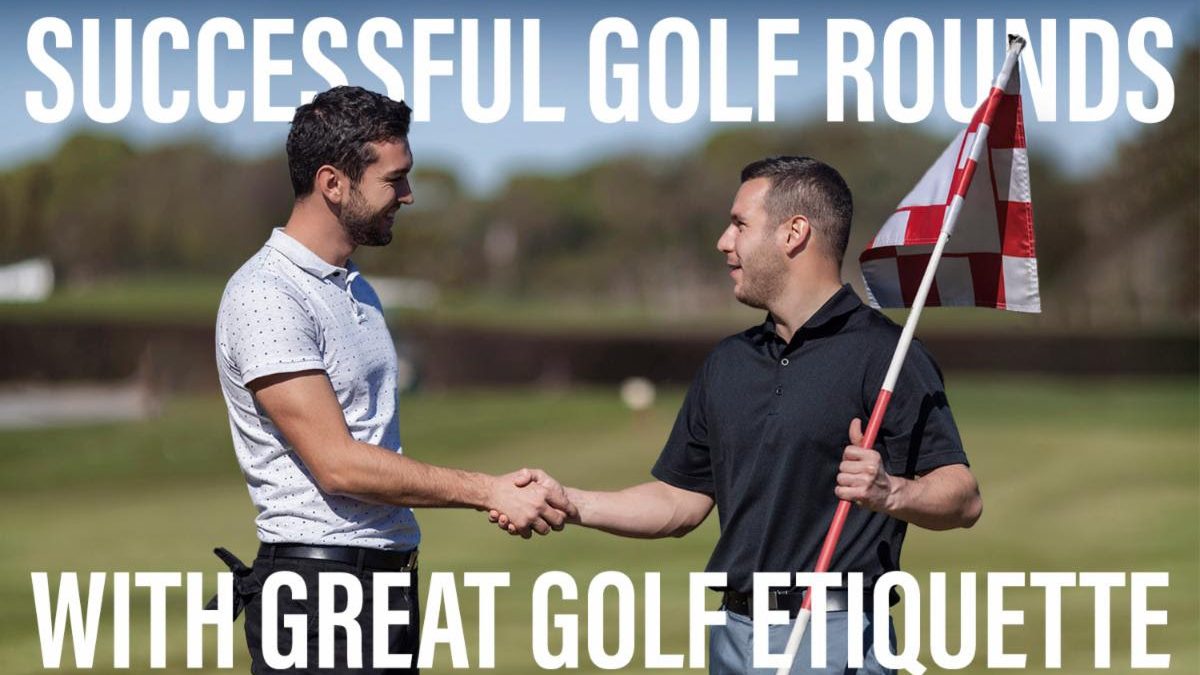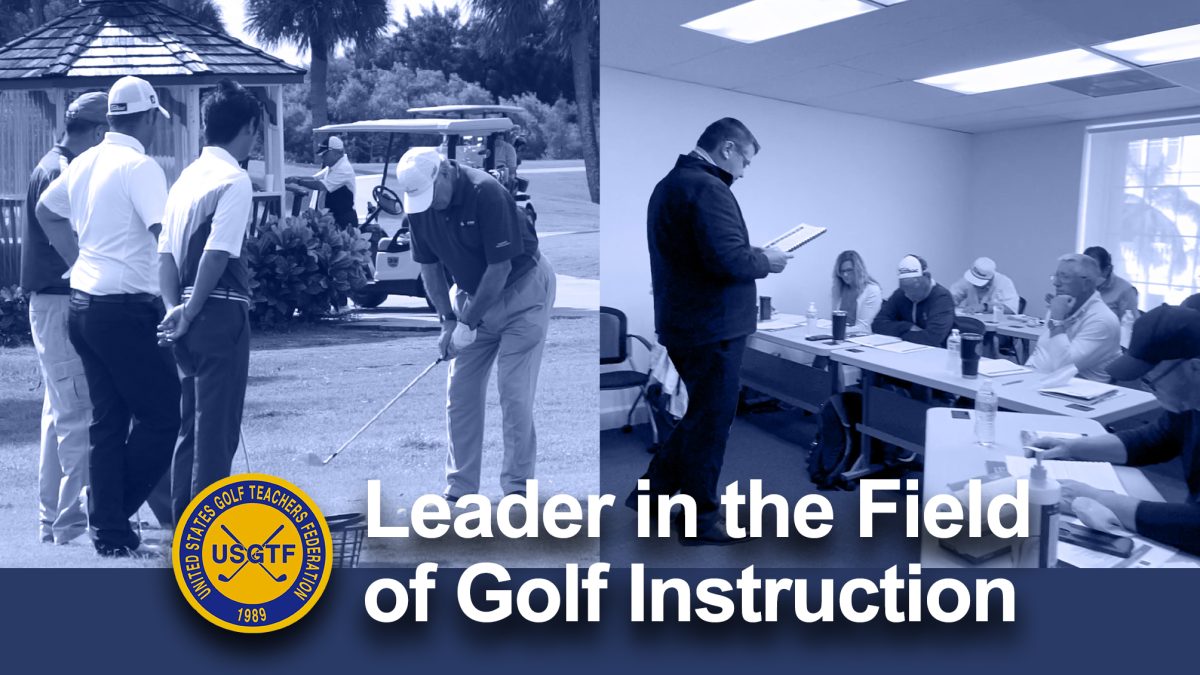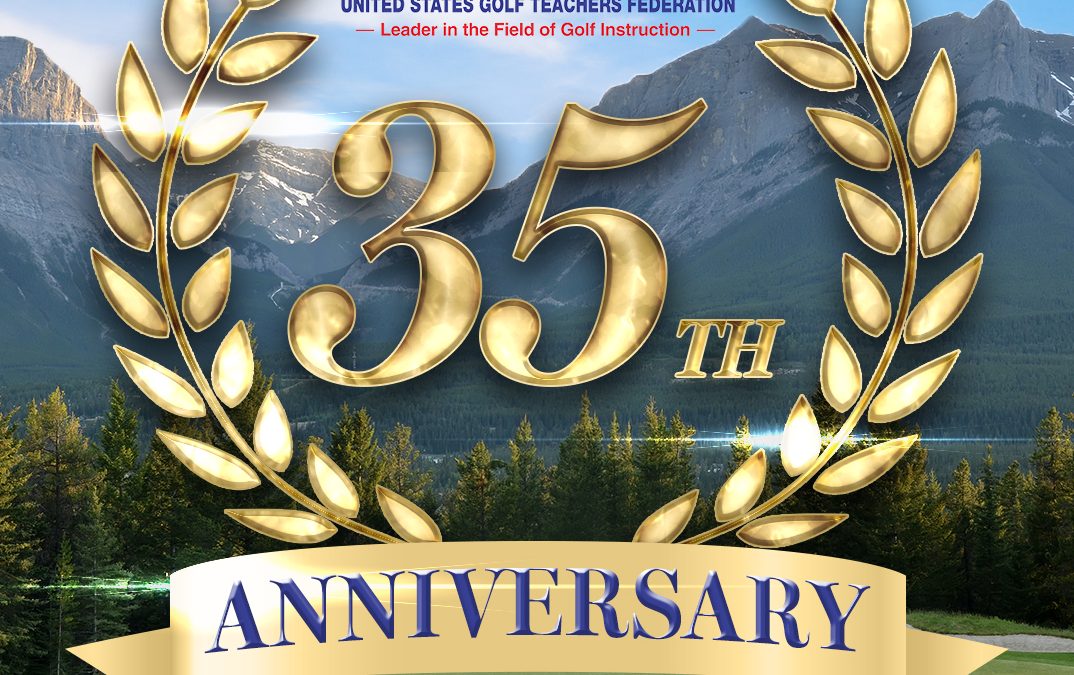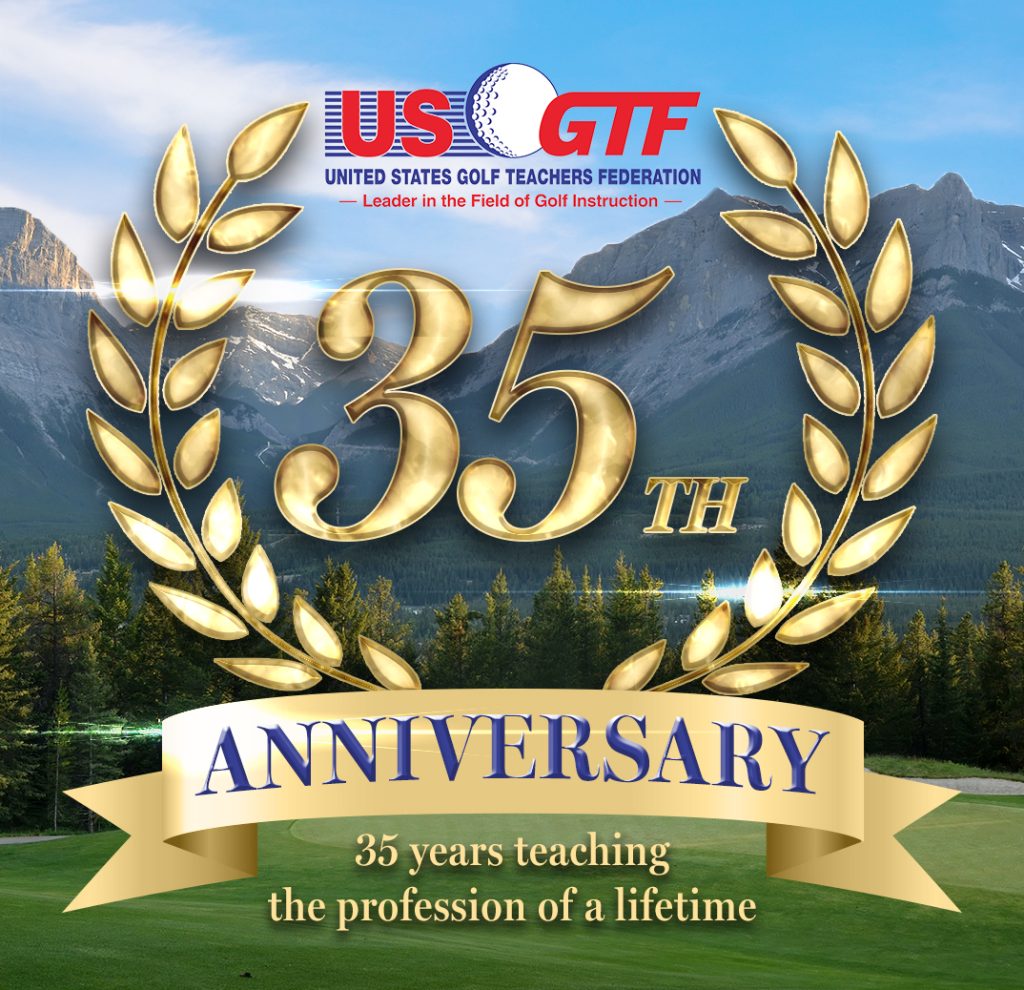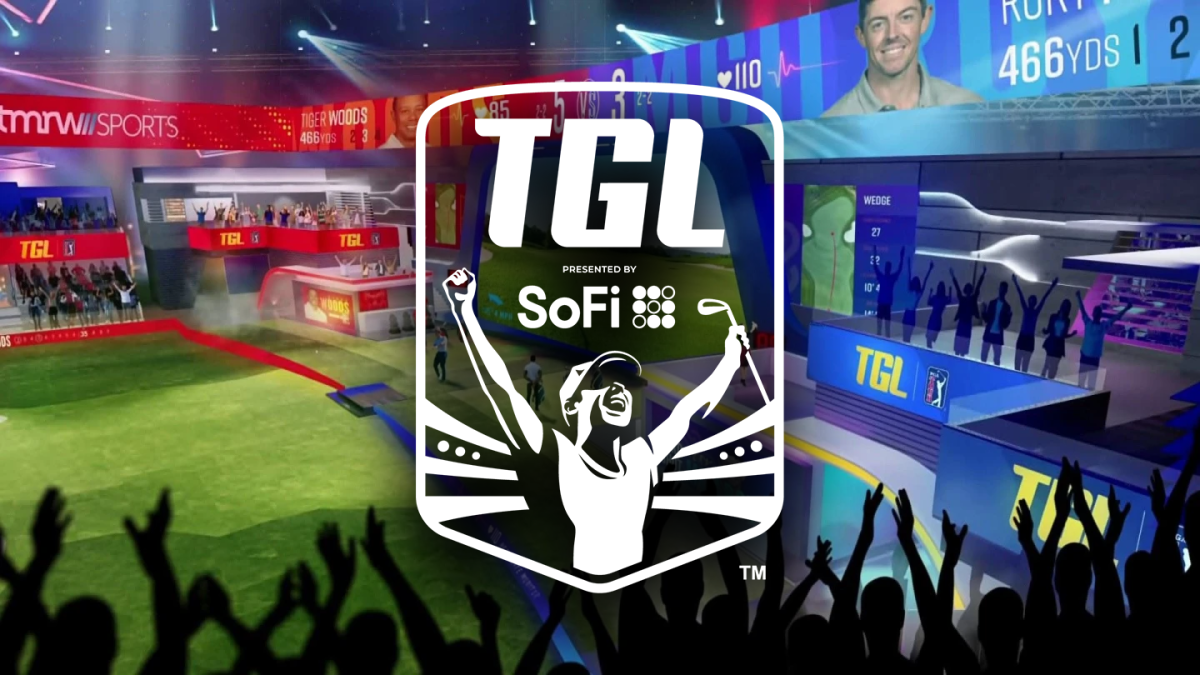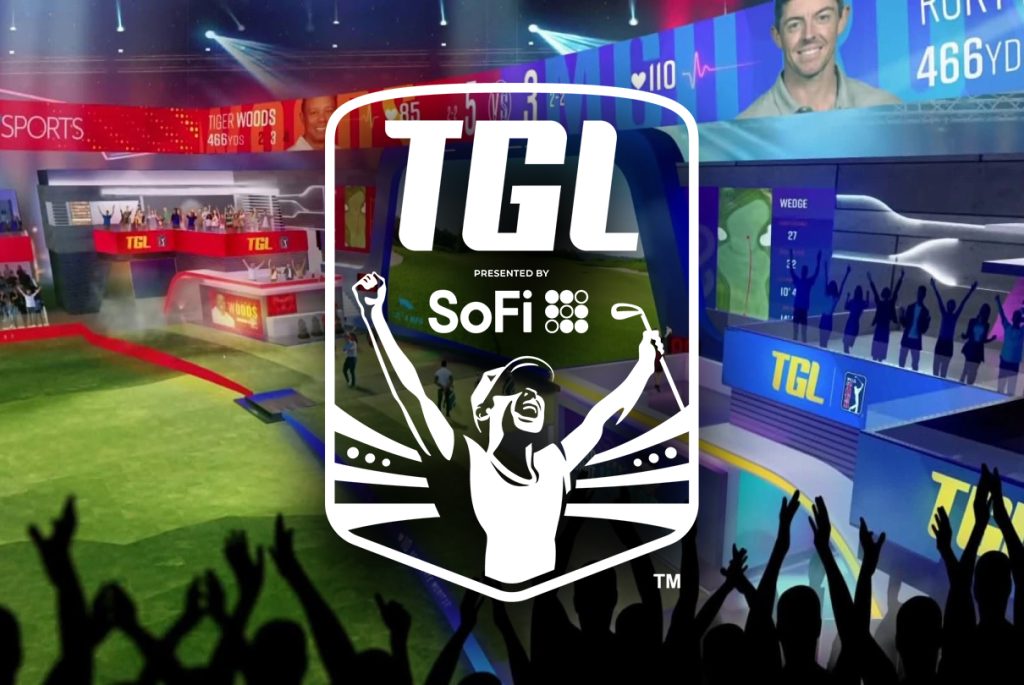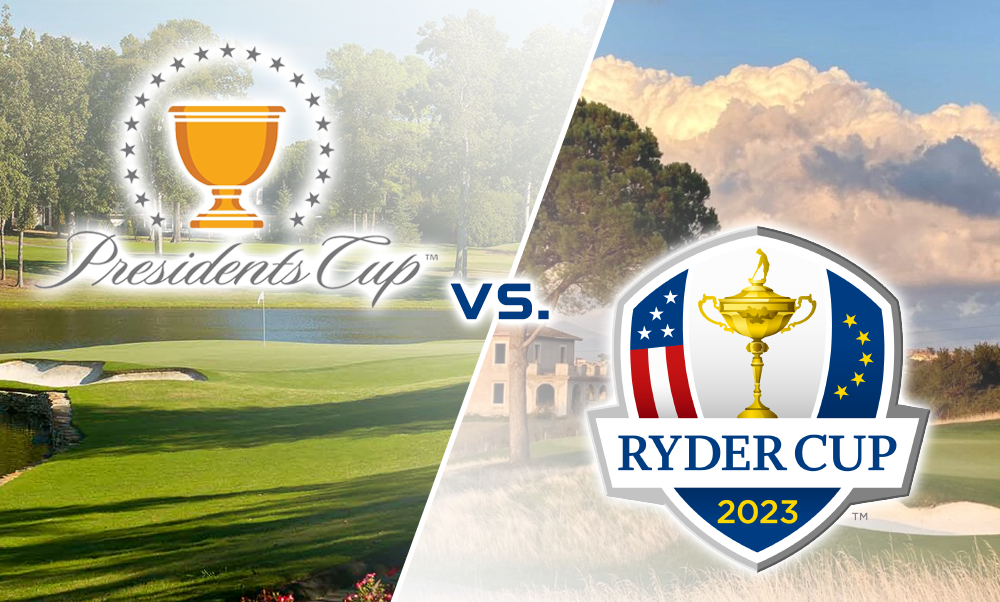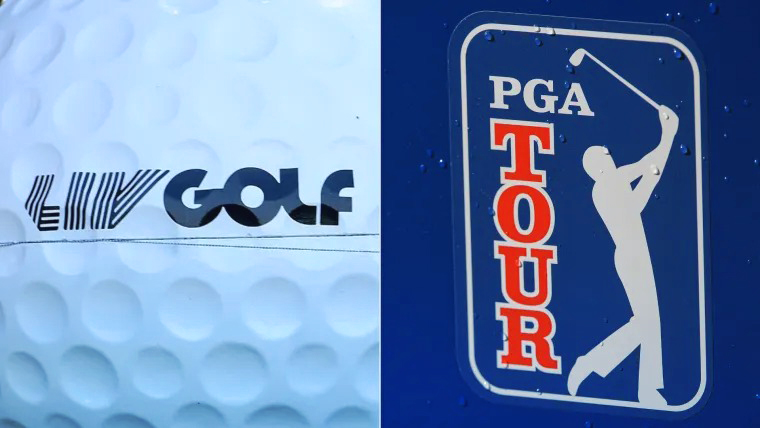EDITORIAL – WGTF TOP 50: AWARD AND VALUE
There might be a misconception that those who did not make the list are not as “good” at teaching as those on the list. This is certainly far from the case. In selecting the overall Top 50, other factors are taken into consideration, such as years of service to the golf industry, published items, peer recognition and growing the game initiatives, for example. In other words, those who are on the list are there because they possess a list of attributes that goes far beyond just teaching ability alone.
The list also recognizes the global structure of the golf teaching industry, as there are fine teachers and coaches in all corners of the Earth. There are a variety of teaching styles represented — which is important — as no one teaching style fits all students.
The list is updated every two years, and look for the 2024-25 list to be featured soon.


